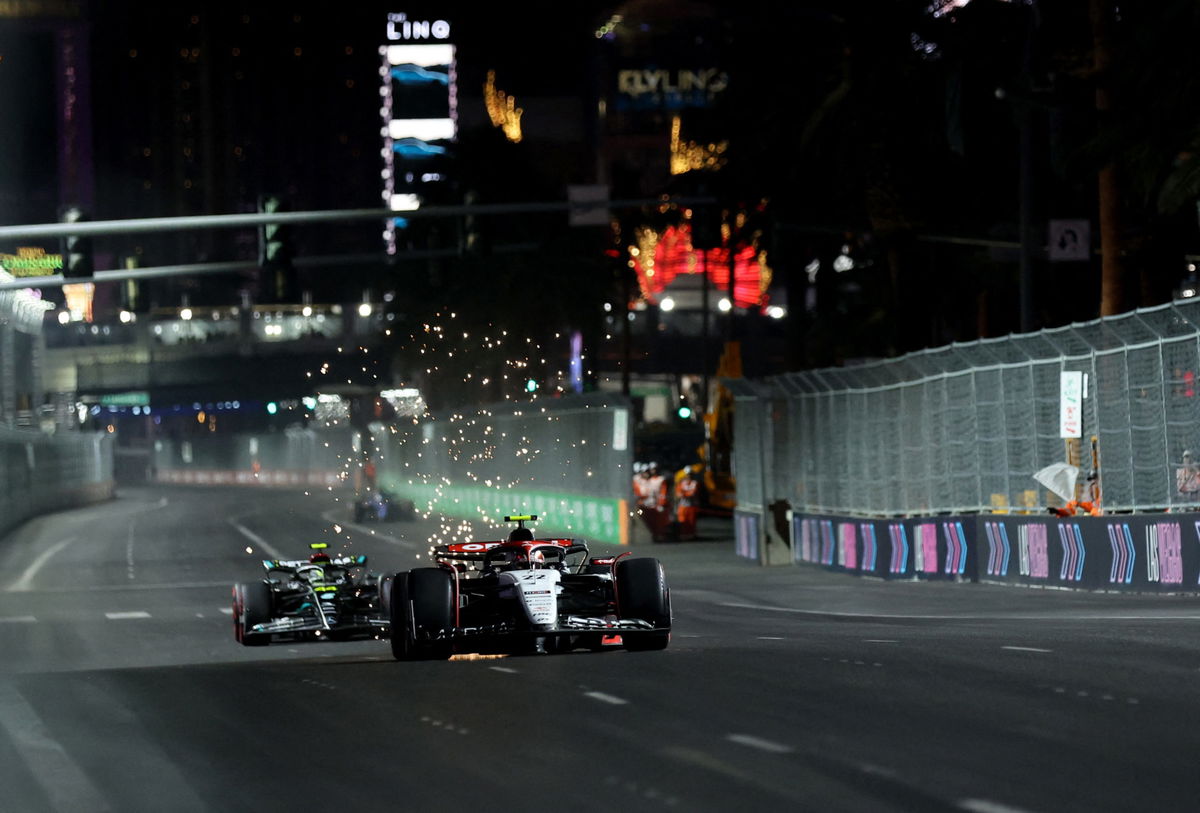
Reuters
Formula One F1 – Las Vegas Grand Prix – Las Vegas Strip Circuit, Las Vegas, Nevada, U.S – November 17, 2023 AlphaTauri’s Yuki Tsunoda and Mercedes’ Lewis Hamilton in action during practice REUTERS/Mike Blake

Reuters
Formula One F1 – Las Vegas Grand Prix – Las Vegas Strip Circuit, Las Vegas, Nevada, U.S – November 17, 2023 AlphaTauri’s Yuki Tsunoda and Mercedes’ Lewis Hamilton in action during practice REUTERS/Mike Blake
Every single year, we see an increasing number of races in the calendar every year. Especially in the United States of America, we have seen an increasing number of races, with 3 races happening this season. How did Formula 1 manage to create circuits in these new cities, especially the one in Las Vegas within a year?
Watch What’s Trending Now!
The answer is – they didn’t. Formula 1 took the existing streets, built grandstands, garages, and pit walls on the days leading up to the Grand Prix, and presented an extravagant celebration. Las Vegas is not the only Grand Prix that is conducted on the streets. Eight of the 22 races that happened this season were conducted on street circuits.
But that begs the question – what are street circuits? Does it add anything to the sport? Why does F1 have so many street circuits? What are the different challenges the drivers face when racing in street circuits as compared to stand-alone circuits that were built for the sole purpose of racing? Does F1 need more street circuits? Let’s find out the answers to all these questions and more.
ADVERTISEMENT
What are street circuits?
The most usual answer to this question is simple. When an F1 race, or a part of an F1 race happens on public roads that are usually utilized for public transportation but are closed off and prepared for a Formula 1 race, that race is said to happen in a street circuit.
F1 Explains podcast describes street circuits as “a track that runs in a city center on what would normally be public roads. F1 basically comes in and takes over a city. Crash barriers come up, the pitlane and team garages are built, fan grandstands are put in, all within meters of apartment buildings, offices, grocery stores and offices, and everything else that’s there in a city.”
ADVERTISEMENT
ADVERTISEMENT
The famous examples of street races in an F1 calendar would usually be the Azerbaijan Grand Prix and the Monaco Grand Prix, with the Las Vegas Grand Prix looking poised to be added on to that list. In fact, even before the championship was created, Monaco Grand Prix existed, all the way back in 1929.
Top Stories
Language Barrier Didn’t Hold Back Lando Norris to “Hook Up” With OnlyFans Model: “We Talked by Mime”

Adrian Newey’s Motorsport Masterpiece: RB17 vs Aston Martin Valkyrie, Which One Is Better?

3 Years After His Death, Niki Lauda’s Wife Brutally Disrespects Him to Initiate $32,000,000 Battle Against Own Children

Carlos Sainz Family: Everything We Know About His Parents and Siblings
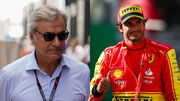
Daniel Ricciardo vs Oscar Piastri: Who Is the Bigger Hope of Australia in Formula 1?
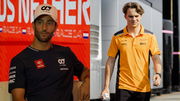
ADVERTISEMENT
What makes street circuits special?
Since street circuits are built on public roads, these circuits tend to be narrower. Compared with circuits that are built for racing, where there are run-off areas, and much generally wider track, racing in street circuits requires a whole new layer of skill.
Overtaking happens to be difficult, and one tiny mistake can usually mean the end of the race for the driver, as they don’t have the luxury of a tarmac runoff, and usually go into the crash barriers. Some street circuits, like Las Vegas, are exceptions to this rule, as we saw the most overtakes happen there out of any other race ever in the history of Formula 1.
Read more: What Does ‘Box’ Mean in F1? What Rules Do F1 Drivers Have to Follow in the Pitlane?
ADVERTISEMENT
Of course, these are not the only challenges in street circuits – for instance, we all know the debacle that happened with the loose drain cover in Las Vegas, but since the roads are usually open to the public, these roads are also painted with white traffic paint. In interchangeable conditions, these paints are notoriously slippery, causing drivers to slide off left, right, and center.
Why are there so many street races in F1? Do we need more?
While dedicated venues are “easier” for the drivers, the problem is these pieces of infrastructure are forced to be built away from popular areas. They tend to be farther away from city centers and metropolitan cities and do not offer the same levels of accessibility that street circuits do.
ADVERTISEMENT
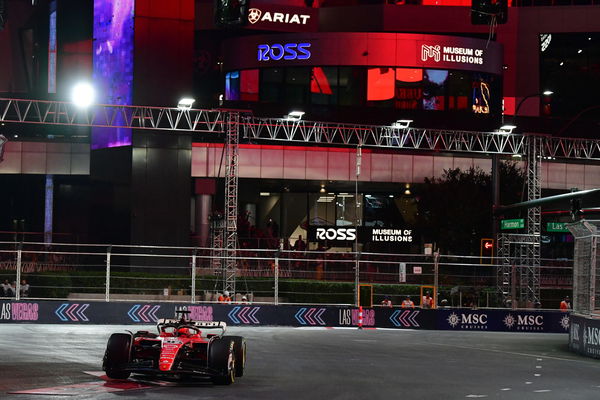
USA Today via Reuters
Nov 18, 2023; Las Vegas, Nevada, USA; Scuderia Ferrari driver Charles LeClerc of Monaco (16) during the Las Vegas Grand Prix at Las Vegas Strip Circuit. Mandatory Credit: Gary A. Vasquez-USA TODAY Sports
Especially when F1 and Liberty Media are giving it their all to promote the sport in the United States, more races in the country, especially more street circuits can help improve the sport. Not only will it increase F1’s popularity, it will also help local businesses, and boost the local economy tremendously, as experienced by Singapore.
This is one of the reasons why street circuits are becoming an increasing part of the F1 calendar, and it won’t be a far fetch to assume that there will be lobbying for additional street circuits. F1 would indeed conduct the viability and safety investigations along with their due diligence before accepting a street circuit of course.
ADVERTISEMENT
What do drivers do differently in a street circuit?
“Street circuits are nuts. The adrenaline is high. The concentration is high. There is less time to think, less time to rest, and less time to breathe. You make a mistake and most time you’re in the wall or the session is over.” These are the words of the Australian Honey Badger, Daniel Ricciardo when asked about the street circuits. Alonso adds, “You never know what’s the limit. And you’ll never love to find out the limit. Because at that point you’re too late and you’re already in the wall.”
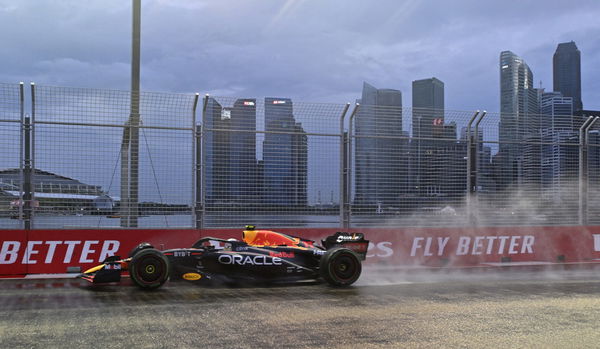
Reuters
Formula One F1 – Singapore Grand Prix – Marina Bay Street Circuit, Singapore – October 1, 2022 Red Bull’s Sergio Perez in action during practice REUTERS/Caroline Chia
With stakes like this, the drivers still have to push their hardest or risk not winning. Naturally, there’s an increased level of focus that these drivers put in. The most attention is on qualifying and then the pit wall strategy, as overtaking tends to be difficult on most street circuits.
ADVERTISEMENT
WATCH THIS STORY: Is McLaren Looking To Go With Red Bull on its Engine Round About?
Now that you’re aware of the basics of street circuits, you can pay attention to the drivers focusing more on the qualifying, running a high downforce setup, etc, in most races to maximize the points scored in the street circuit.
ADVERTISEMENT
ADVERTISEMENT
ADVERTISEMENT

